Lucien Freud was born in Berlin, Germany in 1922. His father Ernst Ludwig Freud is a Jewish architect in Austria, and his mother Lucy Blahi is German. He is also the grandson of the famous psychologist Sigmund Freud. It is reported that Lucian Freud was reading poetry and appreciation of paintings under the supervision of his grandfather Sigmund Freud when he was a child. Perhaps he was stunned by his grandfather, Lucian Freud had Innate intuition and judgment, as well as suspicion and curiosity about the world, the human body, and these abilities also help make his paintings unique.
In 1933, in order to avoid the Nazis, he moved to the UK with his family and became a British citizen. In 1939, Lucian Freud entered the British Sacred Union Painting School and was employed by the principal, Morris.
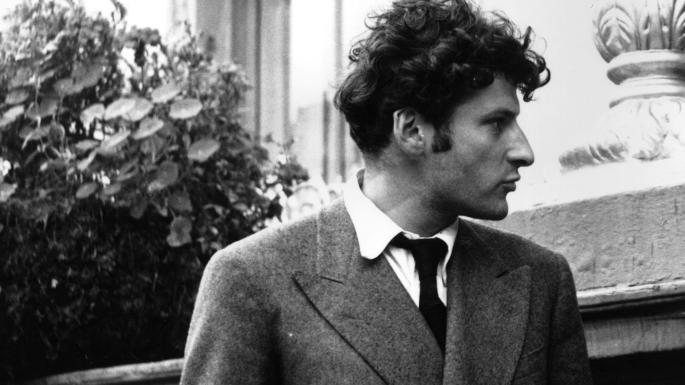
Freud’s early painting style was influenced by surrealism, such as “Girls and Green Leaves” (1948), “Girls and White Dogs” (1951), “Francis Bacon” (1952) and “Ba Tinton Studios (1951), in these works, we can see that the painter was influenced by Angel, Dürer, Holbein, Menzel and others. But by the early 1950s, his style of painting tends to be realism and gradually formed his own unique view of art. That is to emphasize the use of intuition to depict reality and to explore an intuitive expression that can tell the form of life.
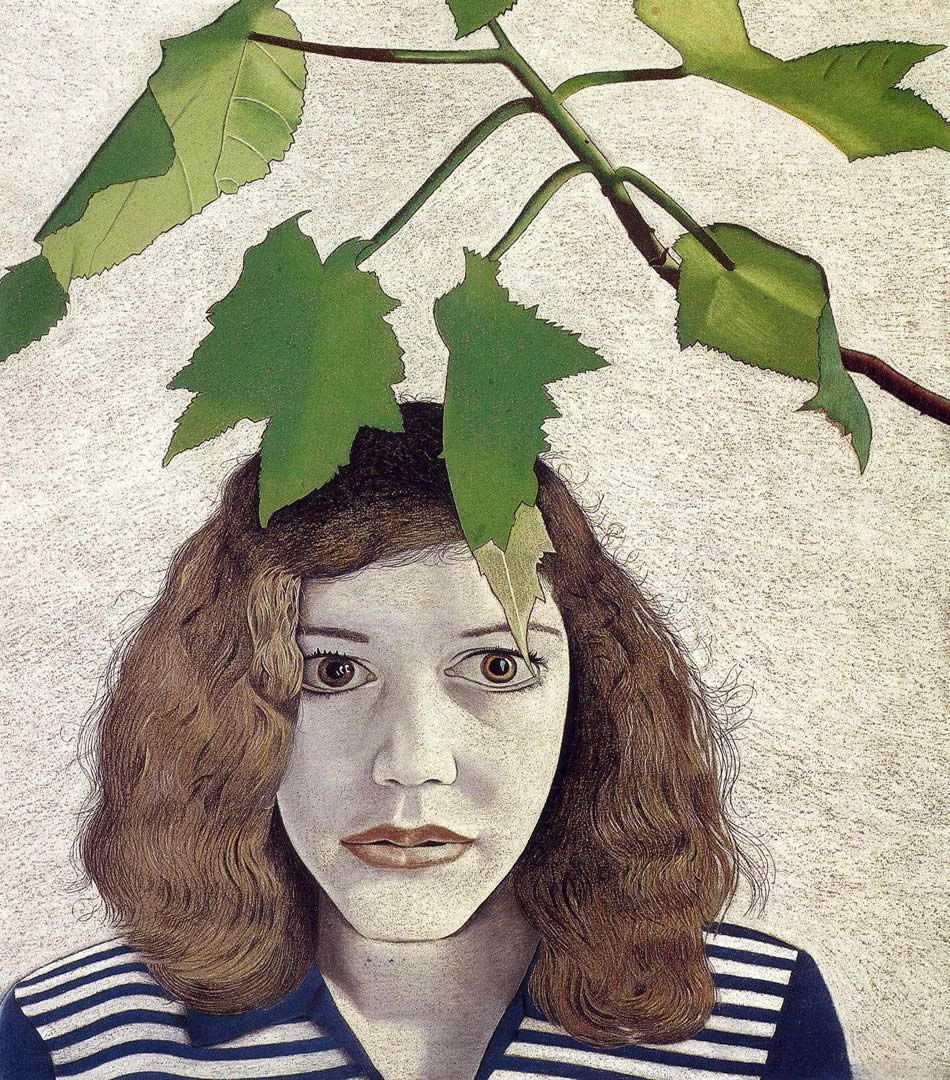
Since 1954, Freud no longer sat down to paint, because he found that the restrictions on standing up for painting were much smaller. By 1966, Freud no longer only painted the portrait of the nanny, but painted a full-length portrait, although his self-portrait was still concentrated on his head and torso. Freud is a very lonely and restrained person who loves to be alone and closes himself in his personal world. In his more than 60 years of painting career, most of his creations are friends and family. In 1993, due to the outstanding performance of Freud, he was awarded the Meritorious Medal by the British royal family. In 2011, Freud, who was 88 years old, was still working two weeks before his death, which is enough to prove his passion and focus on painting.
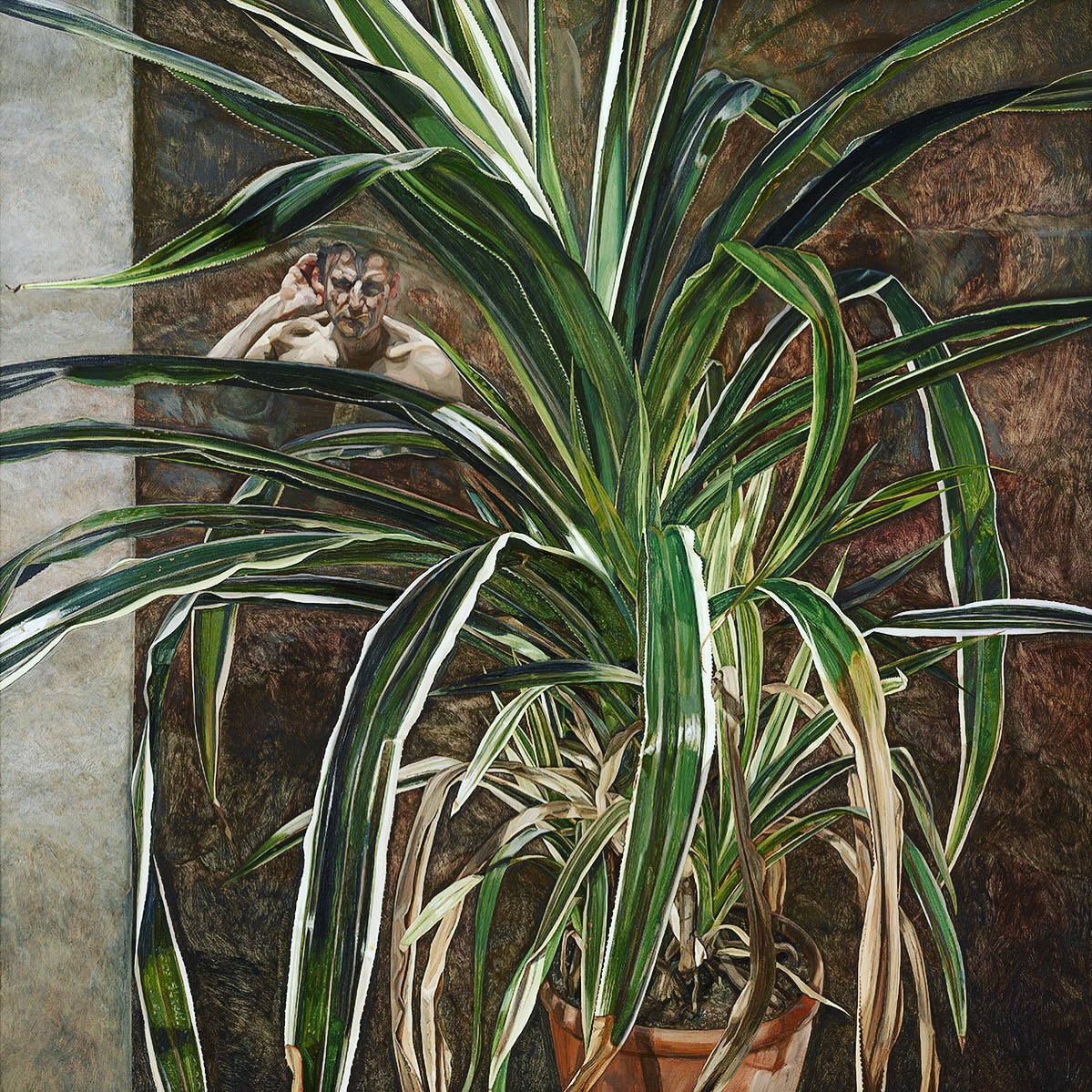
Although Lucian Freud’s character is weird, he still has countless fans with his great personal charm and excellent works. Queen Elizabeth is one of them. The Queen not only collected a large number of Freud’s paintings, but also invited Freud to paint for herself. Being able to paint for the Queen is a great honor for most people, but Freud does not think so. After at least 70 refusals and six years of painting negotiations, Freud reluctantly agreed to the Queen’s invitation and asked for a portrait in his studio.
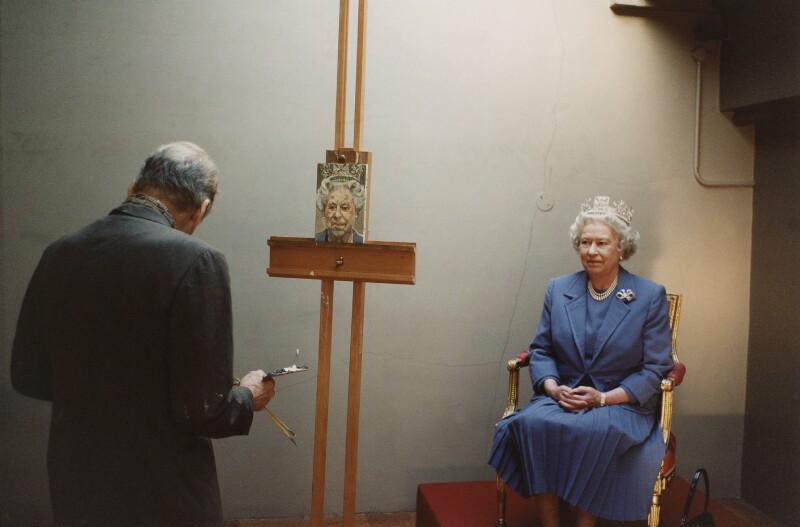
Although the final portrait of Queen Elizabeth shows the image of an old woman with a bloated face and a tired look, and became the most controversial collection of the royal family, the lovely queen said that to be the Freud’s fan, she is very happy.
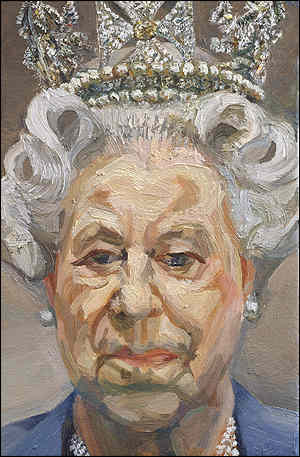
A piece that Freud once wrote may explain why he completed the painting in such a way: the artist never needs to be his own prisoner, a prisoner of style, a prisoner of honour, a prisoner of great wealth. The Goncourt brothers (referring to the two brothers of the French writer Goncourt) told us that Japanese artists have changed their names many times in their lives. This is exactly what I mean: “They want to defend their freedom.”
Lucian Freud is indeed a very attractive artist, and this fact was deeply realised when he visited the exhibition at the Royal Academy of Arts.
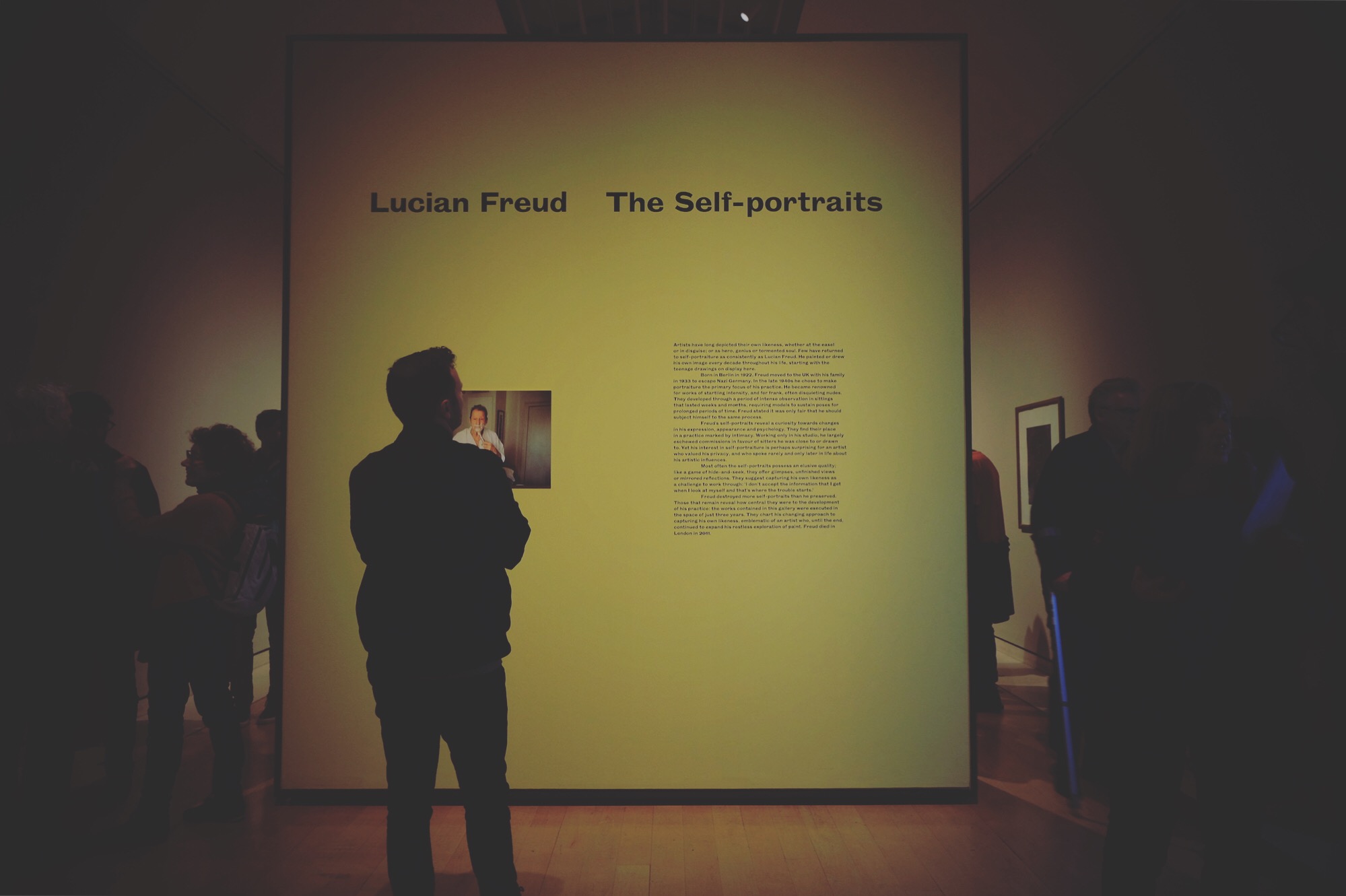
Just entering the main building, I felt crowded – the ticketing area has been lined up. After asking some people and observing the brochures they had in their hands, they found that most of them came for the Lucian Floyd exhibition and the Anthony Gormley sculpture exhibition.
Following the crowd, it is not difficult to find the exhibition hall of the exhibition. When interviewing the artist’s work, I interviewed several visitors randomly.
Ian is an artist who teaches at a British university. I noticed that he was because of his remarkable behavior. Starting from the first painting of the entry, the viewer locked his eyes on each painting, first standing some distance from the work, and then stepping forward to get close to the work outside the safe area, in each The angle should stay for half a minute to enjoy. Intuition tells me that he must be a faithful fan of Freud. This is indeed the case. During the interview, Ian told me that since his student career, Lucian Freud has become his favorite modern painting artist.
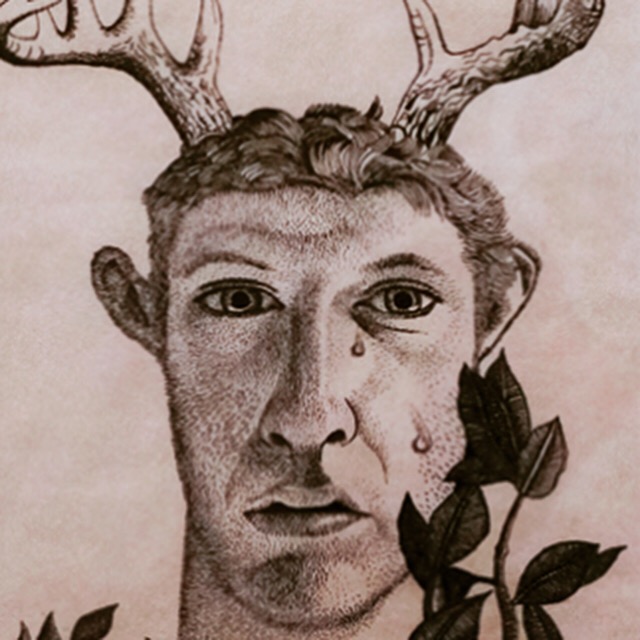
“Floyd is a mysterious person. He has barely been interviewed and rarely talks about his art. He doesn’t even like art that is too much like art. In life, he can be said to be passionate and adventurous. The swaying son, he is improvising, living happily, and swaying between various nightclubs, bars and high society parties where a lot of ladies are located. He has countless romances and illegitimate children. He appreciates characters with personality and often makes friends with scammers, thieves and thieves. A friend, but he turned a blind eye to his mother. But this does not prevent people from like him. He gives the ultimate love to painting, and in this respect he is meticulous and endless, painting is his only loyal object. You know For artists, we can’t confuse their art and life, but they can appreciate their works patiently and carefully. Life, like art, may shake your understanding of the basic principles of living.” Ian told me.
“So, which one of Freud’s works do you like the most?” I was a bit curious.
“It should be the 《reflection》, that is his self-portrait at the age of 63. Although the name is ‘reflection’, Freud has never introspected in many ways.”
Ian brought me to this painting. It is a work that is monotonous and not soft. The thick and strong strokes highlight the lines of the face and form a strong contrast with the fiercely conflicting interior. The eyes that reveal the stubborn and skeptical eyes seem to be examining something.
“This is a charming work, isn’t it? Keep watching it for a while.” Ian said goodbye to me.
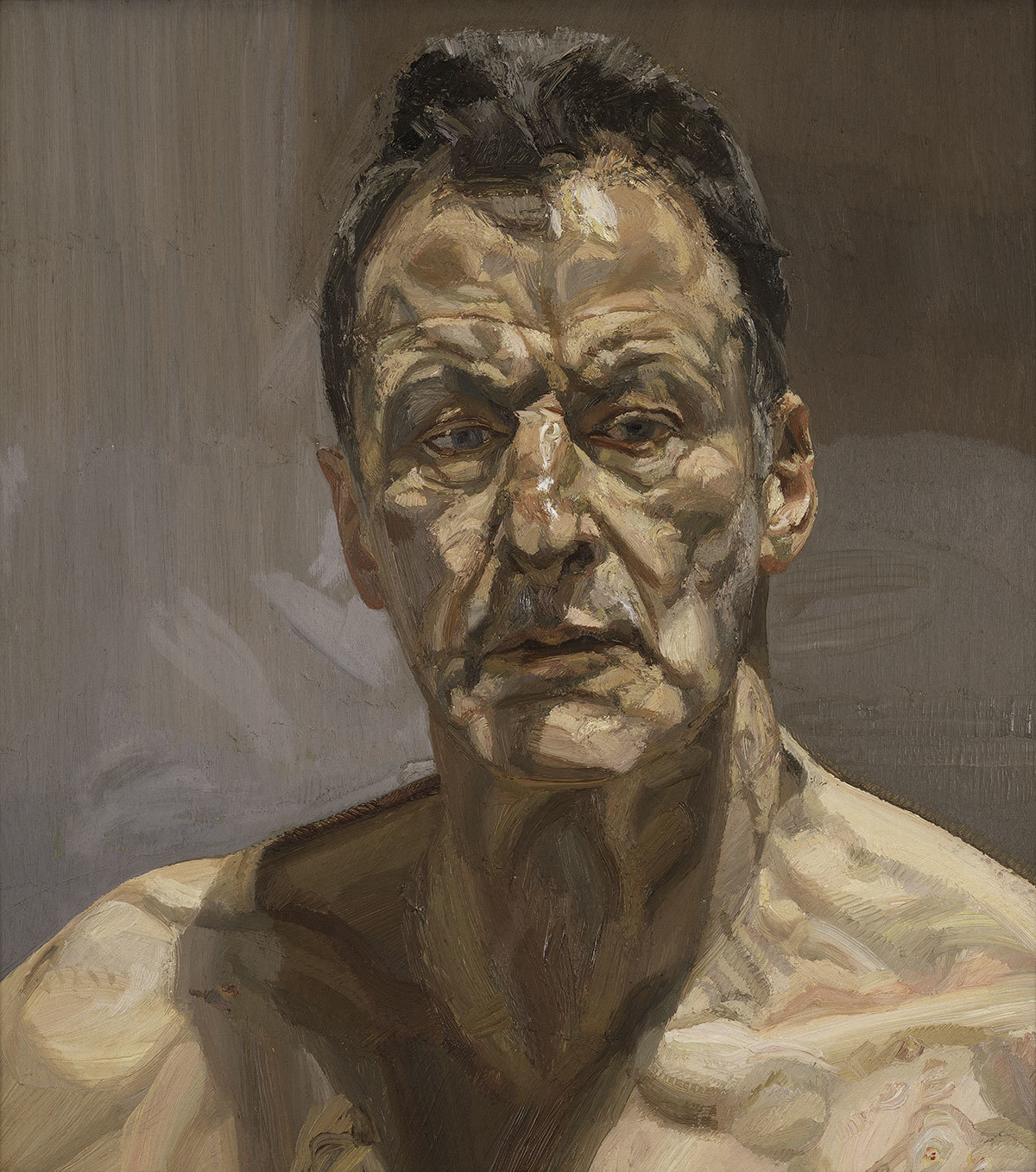
“The longer you look, the more abstract the object is. Ironically, the more realistic it is.”
Until I left the exhibition hall, the number of people who came to see the original works of Freud was still increasing.
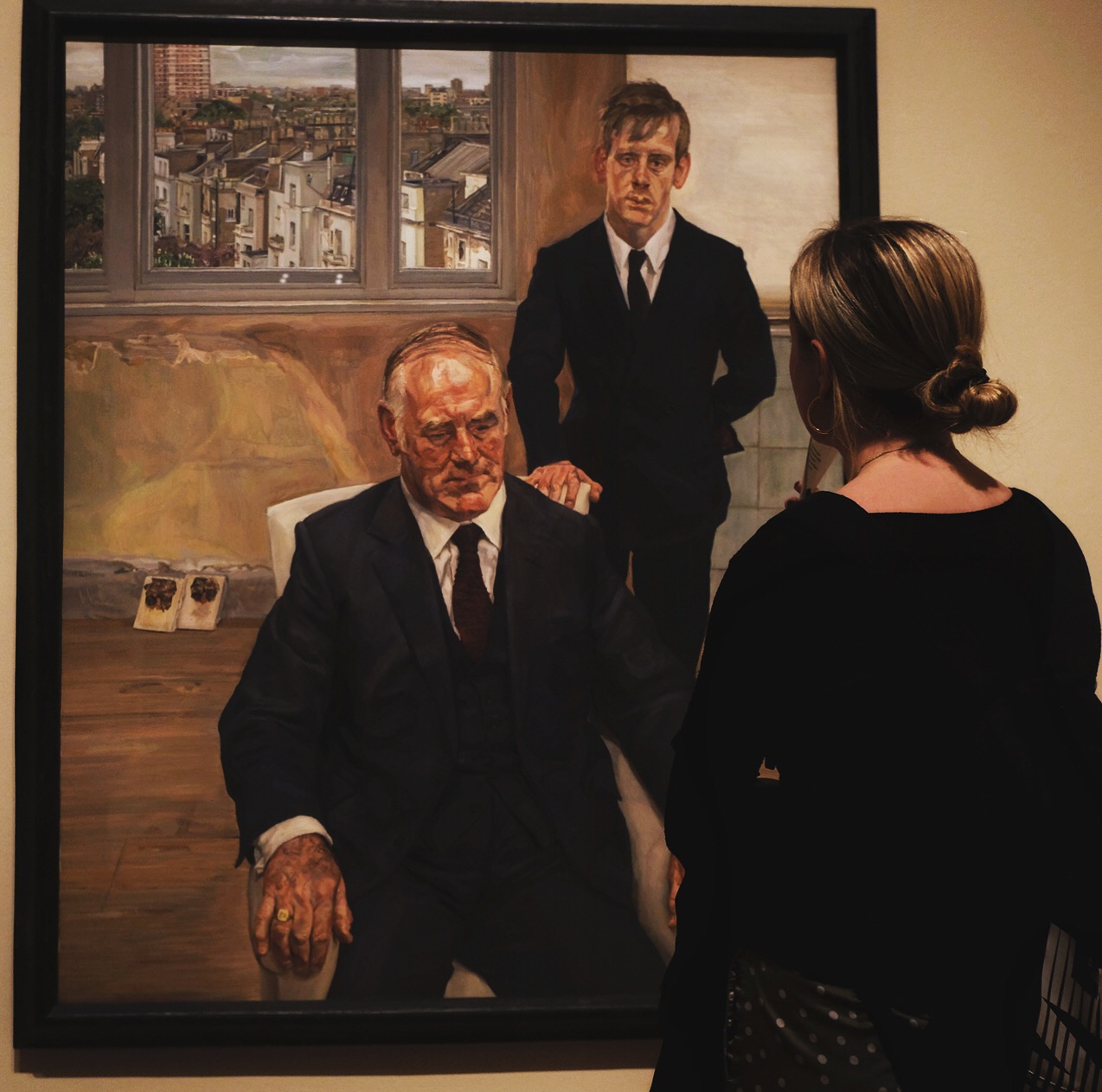
From the earliest portraits created in 1939 to the last portraits created 64 years later, Freud’s self-portrait covers nearly seventy years, and his self-portraits provide fascinating insights into the development of his soul and painter. After I carefully observed Freud’s work, I can feel his portrait showing an in-depth study of the aging process, whether it is physical, spiritual or spiritual. In each of his works, Freud re-faces his self-image. He painted himself as a Greek hero, Acteon, in his youth, and he expressed dark contemplation in his later life, such as a 71-year-old nude painter and a pair. Boots without laces.
When asked if Freud was a good example for himself, Freud replied: “No, I don’t accept the information I get when I look at myself – this is the beginning of trouble.”
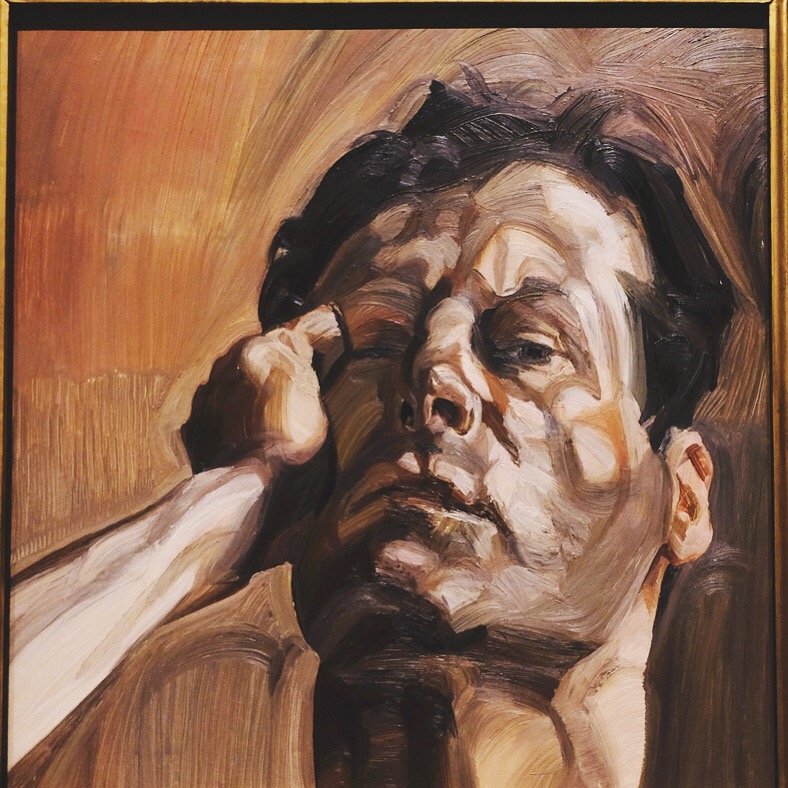
Lucian Freud: The Self-portraits
RA
London, W1J 0BD
Dates
27 Oct 2019 – 26 Jan 2020
please visit our Instagram @JUZIARTS